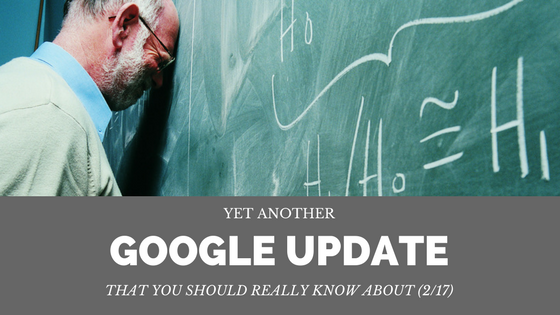
Emotions have a more powerful impact on our actions than rational thought.
There are a few reasons for this. Studies have shown that:
- Feelings precede rational thought in decision making.
- Recall is largely emotion based
- Emotional reactions occur more quickly (less than 3 seconds), and powerfully, than rational response.
So far. So good.
Emotional responses are faster, and drive reactions more than rational decision making.
But how do those emotions impact how we behave in response to marketing?
How Emotions Influence What We Buy
In Psychology Today, Peter Noel Murray Ph.D. highlights four examples of how emotions influence consumer decision making:
- Functional MRI neuro-imagery shows that, when evaluating brands, consumers primarily use emotions (personal feelings and experiences) rather than information (brand attributes, features and facts).
- Advertising research reveals emotional response to an ad has far greater influence on a consumers reported intent to buy a product than does the ad’s content—by a factor of 3-to-1 for television commercials and 2-to-1 for print ads.
- Research conducted by the Advertising Research Foundation concluded that the emotion of “likeability” is the measure most predictive of whether an advertisement will increase a brand’s sales.
- Studies show positive emotions toward a brand have far greater influence on consumer loyalty than trust and other judgments, which are based on a brand’s attributes.
Emotional, pre-cognitive factors, have a powerful impact on our perception and ultimate engagement with a brand. They shape our opinion of a brand, intent to buy and even long-term brand loyalty.
But how does this work in the real world? You’ve got two different creative options in front of you – both are appealing, both have a strong message.
How can you know, in advance, if your marketing will have the desired emotional impact?
Measure Your Audience’s Emotional Reactions
Thanks to advances in neuroscience we can measure neurological and biological reactions to specific creative pieces, copy-writing, videos, and more. We can even track how people react to navigating a web site.
Yes you could hold focus groups and run surveys but it’s not uncommon for focus group participants to inadvertently misrepresent what they do and think.
Sometimes they just don’t even know the answer to a question, or they are trying to give you the answer they think you want to hear.
As Gerald Zaltman, Harvard Business School professor, wrote in How Customers Think:
“The correlation between stated intent and actual behavior is usually low and negative.”
So if we aren’t going to rely solely on focus groups and interviews, what can we measure? Here are just a few of the non-verbal, emotional indicators we can use to get insight into the emotional, non-conscious reaction to marketing materials:
- Heart rate
- Galvanic response
- Pupil dilation and where the eye is focused
- Facial reactions
- Activity in specific regions of the brain
Neuroscience measures like these give you a clear advantage in testing copy and creative before going to market.
Just how effective and helpful are these insights?
Does emotional marketing work?
Let’s look at some findings from the Nielsen report ‘Emotions Give a Lift to Advertising’ by David Brandt.
In a study of 100 ads across 25 brands:
“…ads that generated above-average EEG scores were associated with a 23% lift in sales volume over what an average ad would generate (and conversely, below-average ads were associated with a 16% decline in sales volume).”
That’s a huge shift in outcome – all based on based on people’s electroencephalogram activity (EEG) while viewing the ad.
Positive emotional responses to advertising has a measurable, and positive, impact on critical business metrics.
Emotional Video Increases Brand Favorability
In a related study, Dr. Robert Heath, a senior lecturer at the University of Bath in Great Britain, studied the emotional power of 43 TV commercials. Specifically, the study looked to determine if these commercials helped the viewer foster a more positive opinion of the brand.
The study showed a strong connection between the emotional message and generating a positive brand favorability.

Source: Nielson
This impact of emotional power on brand sentiment is clear.
What You Can Do
Developing and testing your creative is critical to make the most out of your marketing campaigns. Whether your creative is pure copy, videos, digital, print, even a new website – using neuroscience research before launching helps ensure that your message has the desired impact on your target audience.
Wondering where to get started with testing your creative and campaigns to achieve the best emotional impact, and improve your marketing ROI? Feel free to email me to find out more.




